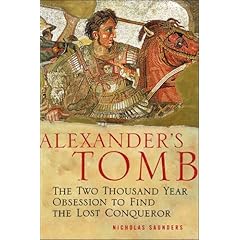
David Brown Book Company: "The recent renaissance of interest in the history of dress and its cultural importance is celebrated in this collection of interdisciplinary essays. The sixteen contributors present on-going research into the study of the clothed body in ancient Egypt and the Aegean, Classical Greece, Rome and Late Antiquity. Through literary and artistic evidence and film, they discuss how dress articulates and defines an individual within his or her given society, at the same time highlighting common themes in scholarship, methodological differences between disciplines and periods, as well as contrasting definitions of what constitutes the clothed body. Essays discussing Aegean Bronze Age fashions, costume design in filmed biblical epics, clothing in Aristophanic comedy, Greek and Roman female undergarments, the symbolism of the Roman toga, and the spectacle of images of Byzantine dress, are just some of the diverse subjects covered in this study. 192p, b/w illus (Oxbow Books 2005)"







